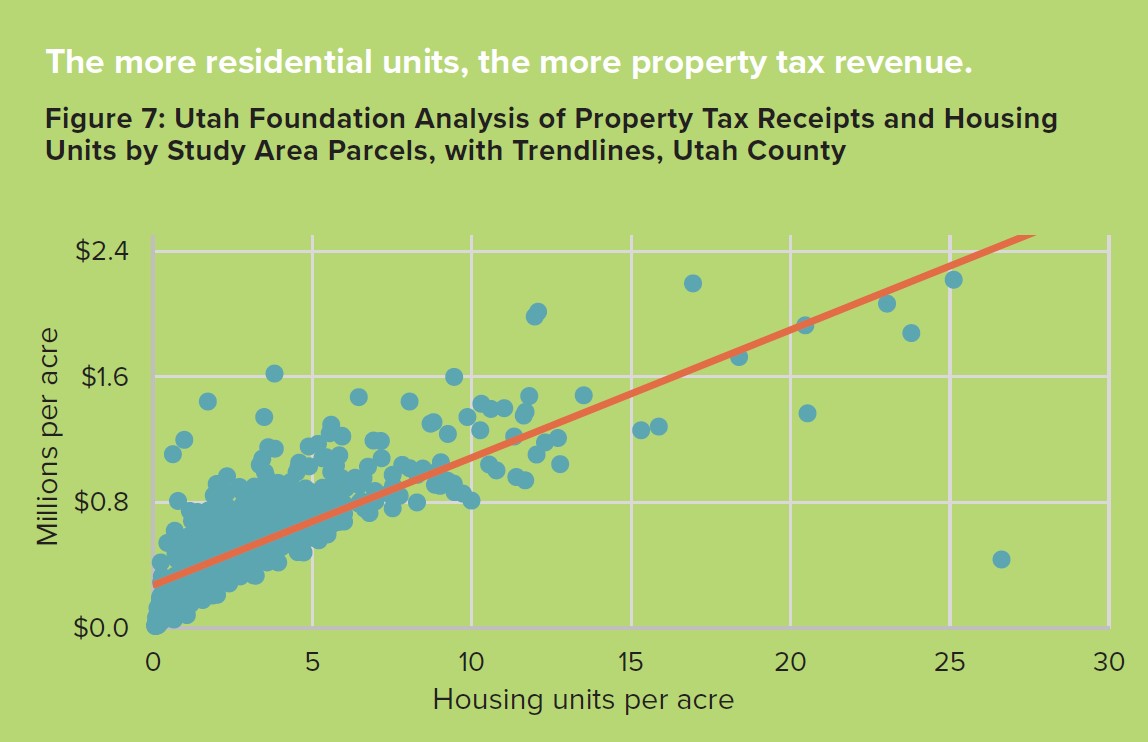MIDDLE HOUSING STUDY
Check out the other sections of the Middle Housing Study. Links will become live as reports are published
“Missing Middle Housing” is a term that encompasses a variety of multi-unit housing buildings that are house-scale, facilitate neighborhood walkability, accommodate changing demographics and preferences, and are available to people with a range of incomes. Middle housing offers the potential to increase the supply of housing, but at a scale that is not objectionable to most neighbors and in a manner that can improve upon neighborhoods. There are obstacles to increasing this type of housing, though they are not insurmountable.
The guide is separated into four parts. This part looks at obstacles and opportunities to increase the availability of middle housing.
The first installment, “The Scope of the Challenge,” examined Utah’s housing problem; it was released in November 2021. The second, “What is the Middle, and Where is it?” examines the prevalence of middle housing in the four largest Utah counties and the relevant development trends; it was released in December 2021. The third, “Utahns’ Development Preferences,” draws on the findings of a recent Utah Foundation survey to reveal favored approaches for new housing; it was released in January 2022.
KEY FINDINGS OF THIS REPORT
- Most residential land in Utah is zoned for single-family homes. For instance, more than 88% of residential land in Salt Lake County is zoned single-family.
- For small, middle-housing developments at the neighborhood level, developers would often need conditional use approval or a rezone, which implies uncertainty, time and effort – and higher costs.
- Salt Lake County Regional Development analyzed all zoning in the county, finding that most significant opportunities for middle housing are in the southwest of the county, with a smattering of opportunities elsewhere.
- A key barrier against new middle-housing development is zoning. Zoning trended significantly toward single-family residential with automobile-oriented development patterns in the 1900s. As a result, development shifted away from walkable medium-density housing in many areas, reducing the relative supply of the now “missing” middle.
- Parking spaces increase construction costs and research shows that these costs tend to increase rents. It is important for local policymakers to take a hard look at their parking needs to discover whether the requirements suit actual needs and whether the payoffs in terms of driver convenience are worth the tradeoffs in housing affordability.
- Condominiums offer a significant possible approach to creating ownership opportunities in middle housing. However, condominium developers can face unique challenges.
- Overlay zones may be used to open the way for middle housing. This type of overlay could allow middle housing in traditional single-family zoned areas, particularly those near transit and retail, around main street areas, in downtowns, and as transitions between more dense areas and single-family ones.
- Upzoning to allow small multifamily (or smaller-lot single-family) in existing single-family zones holds the promise of creating new housing opportunities. However, to avoid negative impacts on quality of life and neighborhood character, it may be prudent to begin by trading single-family zoning for two-family zoning and, if successful, build to four-family zoning (or more, depending on the location).
- Form-based codes provide a zoning approach that allows developers to focus on placemaking, rather than use, possibly opening the way for middle housing. However, a successful form-based approach must avoid being both ambiguous and overly prescriptive.
Read the full report: Is the Middle Missing? A Guide to Expanding Options for Utah Homebuyers and Renters – Obstacles and Opportunities.
Check out the middle-housing opportunities zoning analysis of Salt Lake County described in Part IV.
And visit our Middle Housing Project Page for more information and resources.
Special thanks to Salt Lake County, the Sorenson Legacy Foundation, the Utah League of Cities and Towns, the Wasatch Front Regional Council and Y2 Analytics for providing project-based support.


